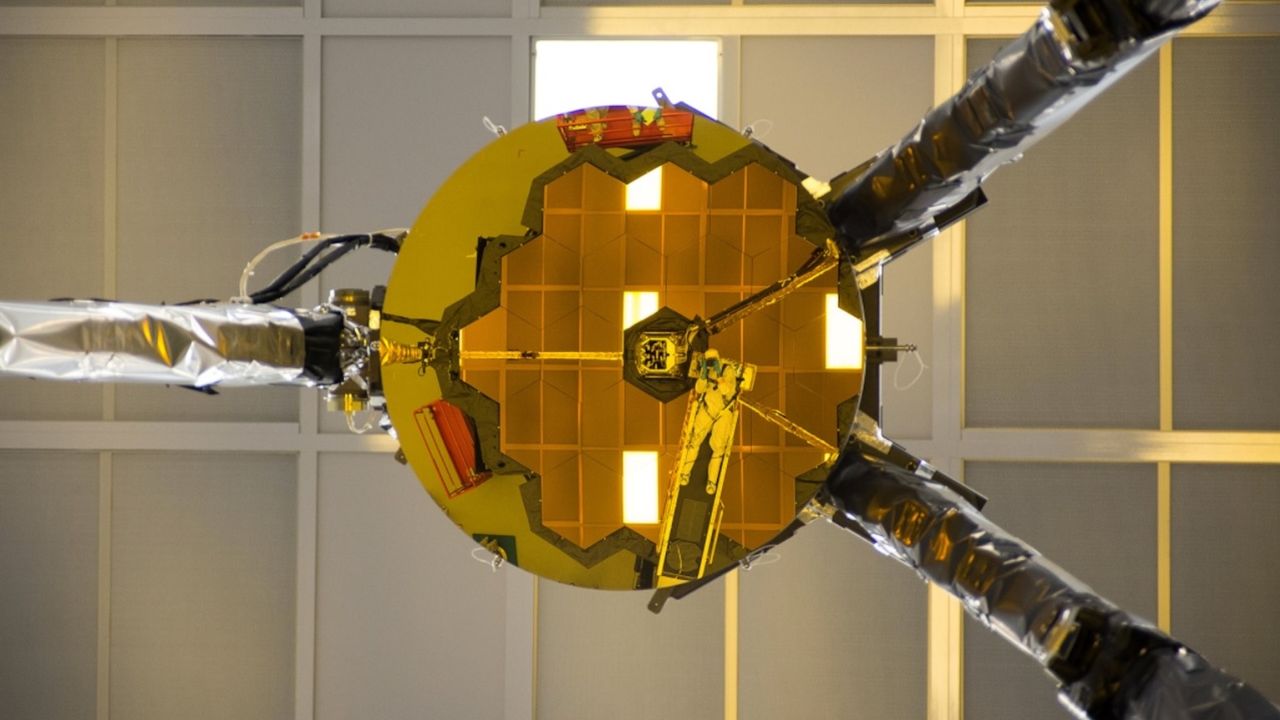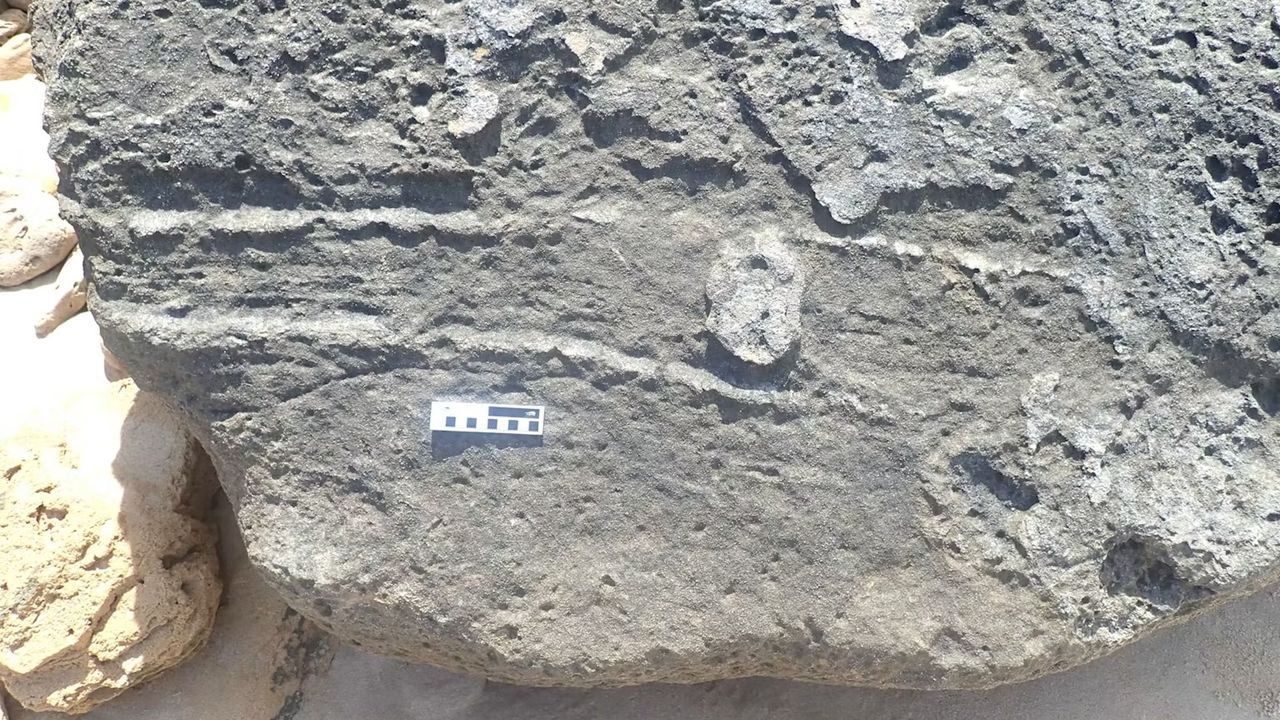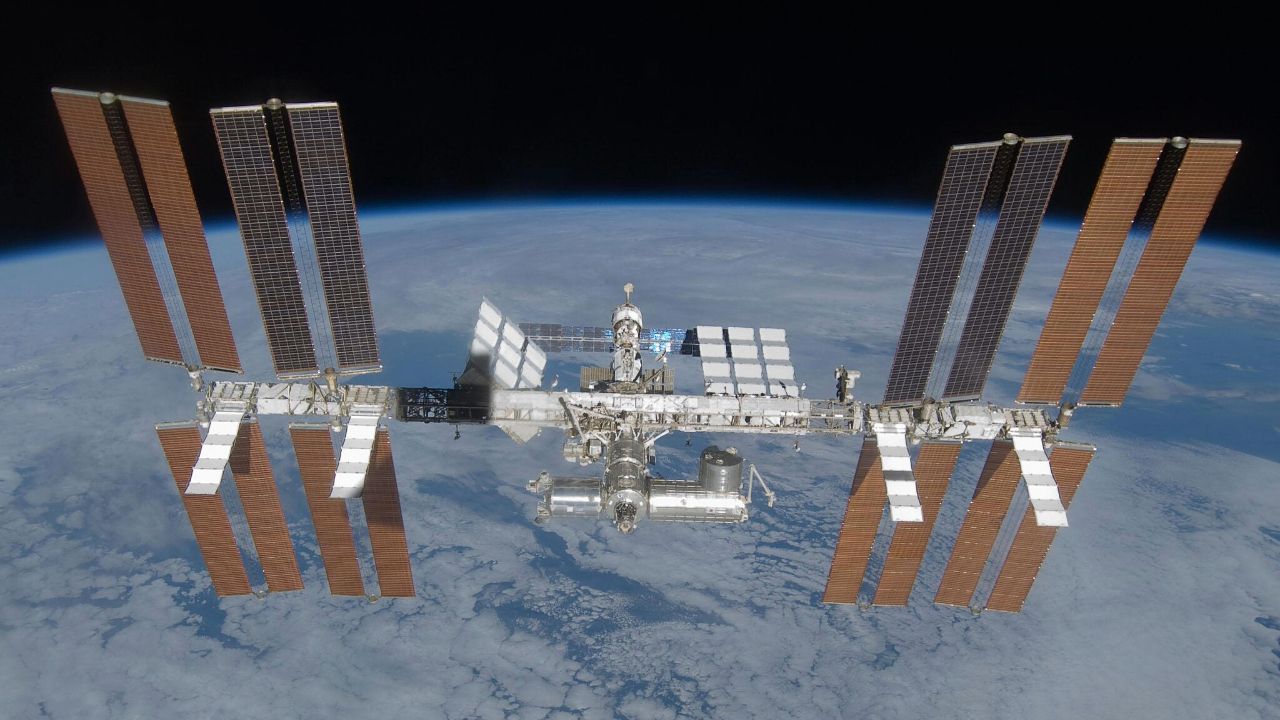We sharpened the James Webb telescope's vision from a million miles away. Here's how.
PositiveScience

A small piece of metal designed in Australia has significantly improved the vision of the James Webb telescope, which operates a million miles from Earth. This advancement is crucial as it enhances our ability to observe distant galaxies and celestial phenomena, ultimately expanding our understanding of the universe.
— Curated by the World Pulse Now AI Editorial System





